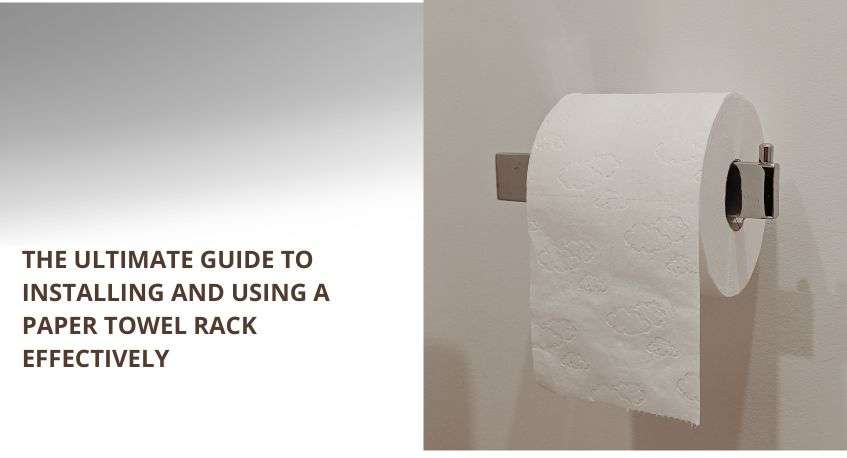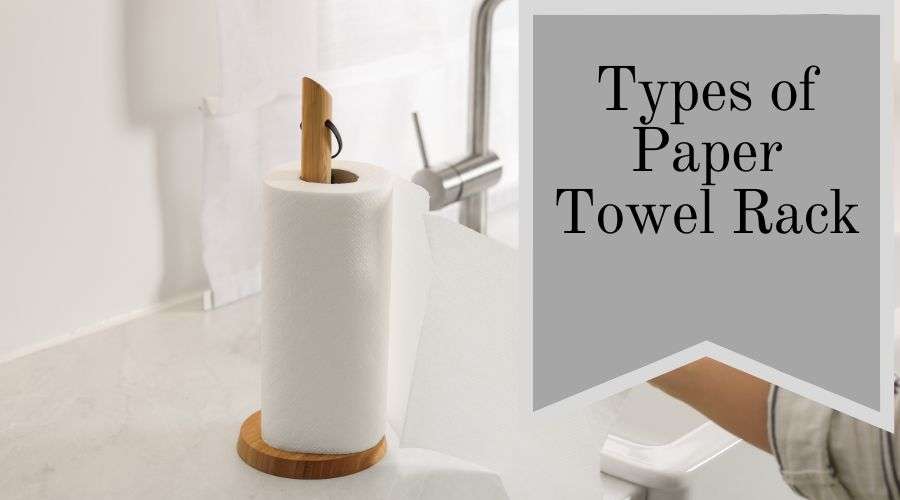
Blog

May 10,2024
The Beginner’s Guide to Compression Springs
If you've ever used a retractable pen, witnessed the suspension system of a car in action, or even opened a garage door, you've likely encountered compression springs. These mechanical marvels play a fundamental role in various applications, from everyday objects to complex machinery. In this beginner's guide to compression springs, we'll dive into the world of these essential components, understanding what they are, how they work, and where you can find them.
What Is a Compression Spring?
To put it simply, a compression spring is a mechanical device designed to store and release energy when subjected to a compressive force. They are one of the most common types of springs and come in a wide range of sizes and materials to suit various applications.
Compression springs are typically made of resilient materials like steel, stainless steel, or even non-metallic materials like plastics. The choice of material depends on the specific application, as different materials offer varying levels of strength, corrosion resistance, and durability.
These springs are characterized by their helical, coiled shape. The coils are wound closely together, and when you apply a force to compress the spring, it stores potential energy. This stored energy is then released when the compressive force is removed, causing the spring to return to its original shape.
How Compression Springs Work
Understanding how compression springs work is crucial to grasp their significance and versatility. These springs operate on Hooke's Law, a fundamental principle in mechanical engineering, which states that the force required to compress or extend a spring is directly proportional to the displacement of the spring from its equilibrium or rest position.
Here's how the process unfolds:
Compression:
When an external force is applied to a compression spring, the coils are pushed closer together. This force compresses the spring and causes it to store potential energy. The degree of compression is directly related to the magnitude of the force applied.
Storage of Potential Energy:
As the spring compresses, it stores potential energy in the form of elastic deformation. The material of the spring resists this deformation, which is what allows it to store energy.
Release of Energy:
Once the compressive force is removed or reduced, the spring seeks to return to its original, uncompressed state. This action releases the stored energy and generates a force in the opposite direction, pushing the spring back to its natural length.
The essential characteristic of compression springs is that they exert an opposing force when compressed, and this force increases in proportion to the degree of compression. This predictable and consistent behavior makes compression springs invaluable in a wide array of applications.
Common Applications of Compression Springs
Compression springs are utilized in countless everyday items and industrial equipment. Here are a few common applications:
Automotive Suspension Systems:
In cars, compression springs are found in the suspension system, where they help absorb shocks and provide a smoother ride.
Mechanical Pencils:
The mechanism that advances the pencil lead in a mechanical pencil often relies on a small compression spring.
Appliance Doors:
Many appliances, such as washing machines and dishwashers, use compression springs to keep doors securely closed or open.
Garage Doors:
Garage doors use heavy-duty compression springs to assist in their opening and closing.
Valve Actuators:
In industrial settings, compression springs are employed in valve actuators to control fluid flow.
Choosing the Right Compression Spring
Selecting the appropriate compression spring for your specific application is crucial for ensuring optimal performance and longevity. Here are some factors to consider:
Load Requirements:
Determine the force or load your spring needs to support or exert. Make sure the spring you choose can handle this load without excessive compression.
Material Selection:
The material of the spring should match the environmental conditions, such as temperature, humidity, and chemical exposure.
Space Constraints:
Consider the space available for the spring, as different springs have varying dimensions.
End Configurations:
Think about how the spring will be mounted or attached. The end configurations of the spring should be compatible with your setup.
Cycle Life:
Calculate how many cycles (compressions and releases) the spring is expected to endure. This will help you determine its durability.


